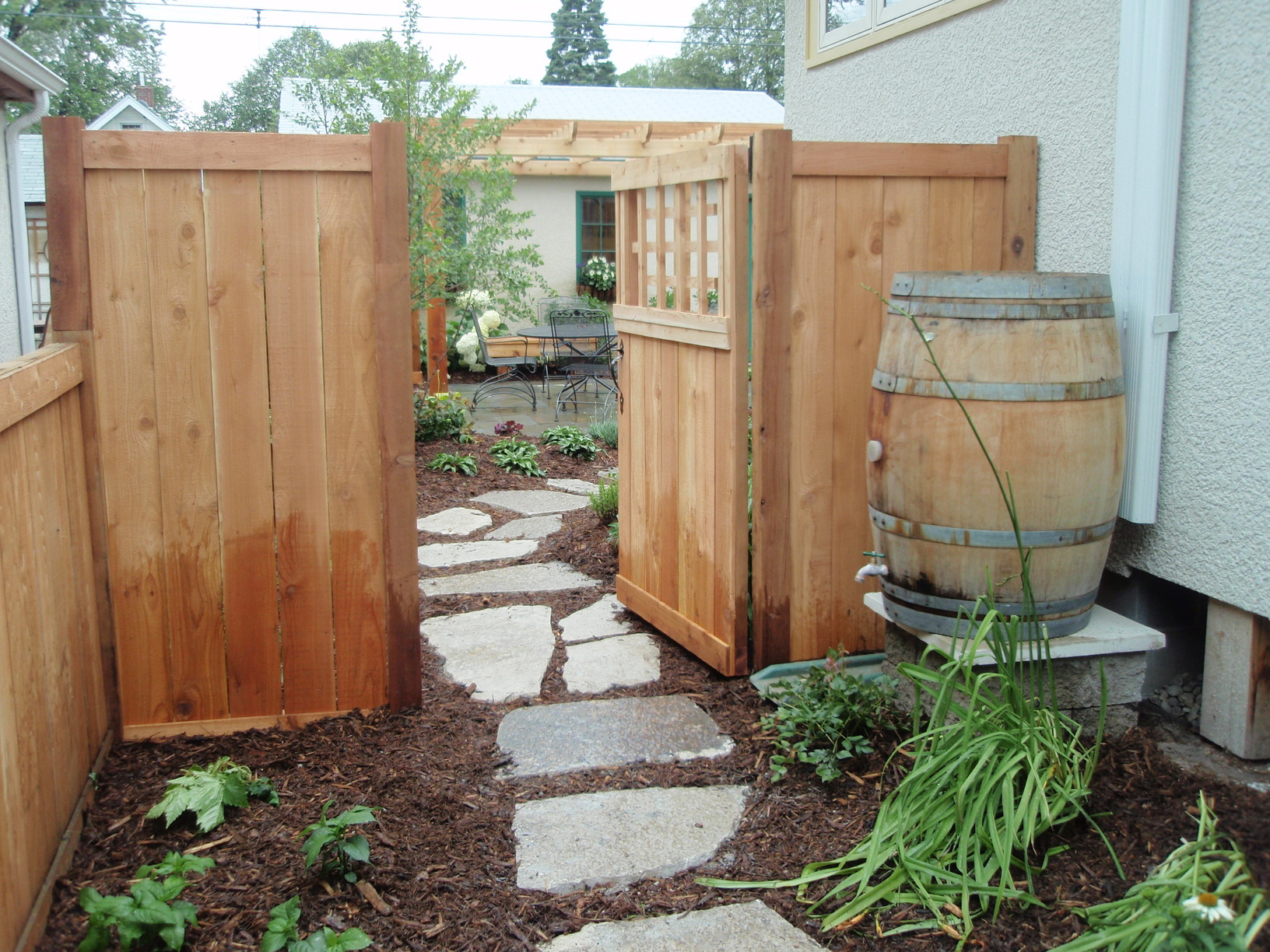The Local newsletter is your free, daily guide to life in Colorado. For locals, by locals.
A new bill allowing Colorado residents to collect up to 110 gallons of rainwater for outdoor-irrigation use took effect on August 10. Colorado was one of the last states to legalize rainwater harvesting, which can now be used anywhere on the owner’s property for chores like lawn maintenance and car washing. “It’s advancing conservation in a basic way,” says Kristin Green, Conservation Colorado’s Front Range field manager. “It’s the cheapest, fastest, and most flexible water strategy we have in terms of meeting our water demands.” The Denver-based organization also sees this as an opportunity to increase water literacy by getting users involved in water education. Whether you’re interested in conserving water or conserving cash (the water you collect is free, by the way), you’re positively impacting the environment.
While the bill had overwhelming bipartisan support, some opponents feared the law went against Colorado’s Prior Appropriation Doctrine, which gives priority to the oldest water rights. “The concern was if [Colorado households] are capturing water, then they are cutting in line,” Green explains, “because that water is not making it back to the rivers and streams.” These water laws date back to the 1850s, and Green was pleased to note the new rain-barrel law demonstrates that our water policies can be responsive and benefit all water users.

According to a 2015 study by Colorado State University’s Urban Water Center and Colorado Stormwater Center, residential rainwater storage will not affect surface runoff into rivers and streams. This also explains why the new law is limited to outdoor use, because if you brought the water into your house to wash your windows, that runoff wouldn’t make its way back into the system. And best of all: Rain barrels will typically collect up to 1,200 gallons of water a year—and the more you catch, the more you conserve.
Here are three more reasons why you should set up rain barrels, according to Conservation Colorado.
- You will realize how much rain we have each year: The West is constantly feeling the effects of drought. “You may notice that your rain barrel only fills up two times a year,” Green says, “when usually it’s more.” This will make you aware of when we haven’t had rain for awhile—and conservation becomes even more important.
- You will see how much water you’re using: When you drain your barrel, you can easily measure how much water it takes to wash your driveway, for instance. Half a barrel gone? That was about 25 gallons of precious water that could have gone to watering a vegetable garden. Or, if we haven’t gotten much rain, you may decide to use the limited water you have for the garden and skip washing the driveway.
- You will use less water resources: The water that flows through your tap makes a much longer journey than the water that falls onto your roof and into your rain barrel. The majority of water from the Front Range is collected from the Western Slope. “We have many large water projects that are moving that water,” Green says, and those treatment facilities use extensive resources. Not to mention (again), rainwater is free and turning on your hose is not. What sounds like an obvious perk actually has an environmental impact—so, save yourself some cash while taking part in saving the environment.
Ready to set up a rain barrel? Check out Conservation Colorado’s “Everything You Need to Know About Rain Barrels” to get started.








